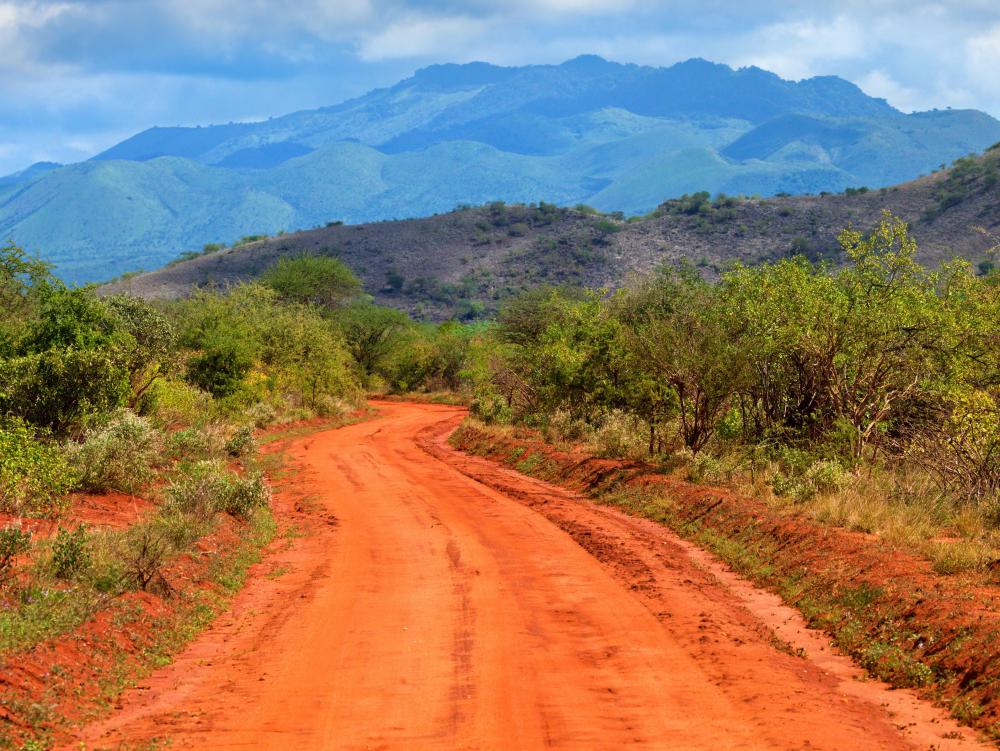At HomeQuestionsAnswered, we're committed to delivering accurate, trustworthy information. Our expert-authored content is rigorously fact-checked and sourced from credible authorities. Discover how we uphold the highest standards in providing you with reliable knowledge.
How do I Choose the Best Garden Soil?
Dirt is just dirt, right? Actually, maintaining the right kind of garden soil will make it easier to grow healthy, beautiful plants. Before changing your soil, you should test it to determine its pH (acid or alkaline) and its texture (sand, clay, or loam). This will tell you what you should add to have the best soil. Limestone or sulfur will bring the pH closer to neutral, which is the best for most plants, and organic material like compost will improve the nutrients in the soil.
The optimum garden soil depends largely on what you plan to grow. The pH, which is the measure of acidity or alkalinity, of the soil affects how well nutrients are absorbed by the plant roots. Most plants do best with a pH of 7, or a neutral pH. Most soils are between 5 (acidic) and 8 (alkaline) pH. You can do a soil test to determine where your existing soil falls on the scale. These tests can be done with at home kits available at home improvement stores, or you can collect samples and get them professionally tested at a county office or private lab.

As you collect samples of your garden soil, you can also examine the texture. Most garden soils rate as either sand, clay, or loam. Sandy soils often need more frequent light watering. Clay soil retains moisture well, which can make up for the difficulties in handling clay soil. Loam combines proportions of sand, silt, and clay, making it an ideal soil for most plants.

The predominant texture and the pH will tell you what you should add to your soil. It is not always necessary to amend your soil, but adding organic material, like grass clippings, decayed leaves, compost, or manure, can improve the nutrients in the soil. Adding 2-3 inches (5-7.5 cm) of organic material each year can make a big difference. Compost is the most common additive and you may be able to get it from your city’s Public Works Department. Composted manure or hummus can also be good additives for soil. Peat moss can be good for sandy soils, but some gardeners are concerned about the sustainability of peat moss harvesting.

Bags of topsoil are also widely available. Some of these come in premixed formulas designed for specific types of plants. You can find bags of garden soil for vegetable gardens or roses which will have adjustments already made for the pH of of the plants. These bags of topsoil can be mixed in a little as an additive or used in large quantities to replace the native garden soil.

If your pH is very low or high, you might consider adding limestone or sulfur to change the soil chemistry. Limestone will raise the pH from 5 to around 6.5. Sulfur will lower the pH from around 8.5 to 6.5. Keep in mind that if you add organic material like manure, it may gradually affect your soil’s pH. You may need to retest your soil if you are not getting the results you want.
AS FEATURED ON:
AS FEATURED ON:


















Discuss this Article
Post your comments